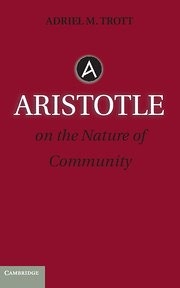This post could have been called, “And then they came for me.” My employer is self-insuring and has experienced recent spikes in health care costs. Several years ago, employees saw their premiums rise considerably and last year they rose even higher. To respond to employee frustration with these increased costs that employees were asked to shoulder, my employer has now begun to offer high deductible health plans (HDHPs). HDHPs offer free preventative care, but everything else for the first $6000 or so (plans vary) must be paid out of pocket, negotiated at the insurance company’s rate, by the patient. After that, patients are responsible for 20% of costs. Alongside the HDHP, patients can set up a Health Savings Account (HSA). Patients can place a pre-tax portion of their paycheck into the HSA and draw on it through a card, like a flexpay account, but this account rolls over year to year. My employer is putting some money each year in each person’s HSA who chooses to take it. At this time, employees still have the option of taking the high premium regular insurance.
I have signed up for the HDHP and an HSA. The HSA is managed by a third party company, Employee Benefits Corporation who is paid by my employer to manage the HSA. Several days ago I received an email from Employee Benefits Corporation. The first line read, “Congratulations, this is your important first step to becoming a better healthcare consumer!”
From what I have described you can see how the HDHP and the HSA are meant to encourage patients to think of their health care as consumers and not as patients. This plan is how Republicans want to address health insurance coverage. Such a plan supposes that patients should think of health care as consumers who have to make wise chooses about how to use their money. I already started thinking like that in the transition to the HDHP. In December, I had a test done that I probably would have waited on and maybe never had done if I would have had them covered in the New Year, but I knew that I wouldn’t have coverage in the New Year. I also got a prescription filled early in order to get it filled under the previous health insurance coverage. Read more















